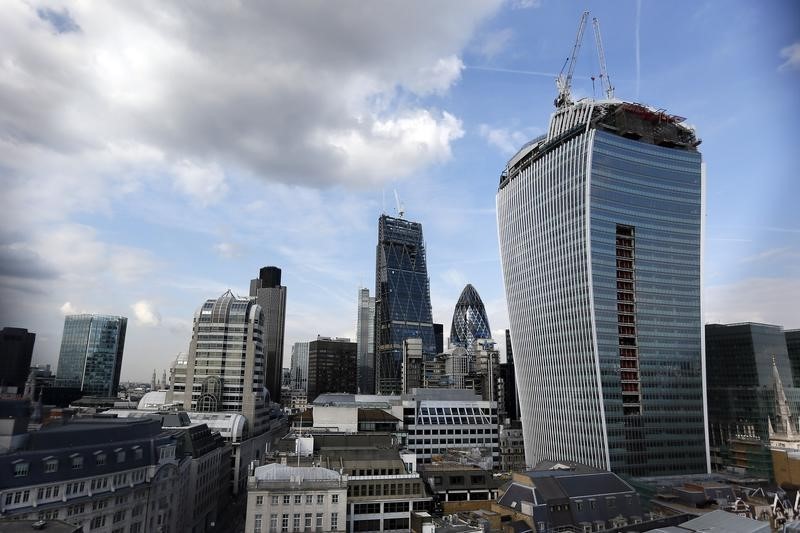(Bloomberg) -- The U.K.’s largest lenders face tougher capital demands in this year’s stress test, as the Bank of England steps up efforts to avert a repeat of the financial crisis.
Banks will be held to a single capital standard that includes their minimum capital requirements as well as any buffers they must have to account for their importance to the financial system. Previously, only the surcharge applied to the world’s biggest lenders was factored in.
If banks fall below this new, higher standard, they may also be forced to take more aggressive measures to shore up their capital, the BOE said on Friday in presenting the 2018 health check. On aggregate, the hurdle rate will increase to 8.4 percent.
Including all systemic risk buffers in the stress-test hurdle rate “ensures that systemic banks could withstand a real stress that is even more severe than that against which they are assessed in the test,” the BOE said. “That reflects the additional costs their failure would impose on the wider economy.”
The BOE is pitting banks against the same adverse economic scenario as in 2017, which is more severe than the financial crisis. The central bank reiterated that it judges most banks can cope with the combined impact of Brexit, a crash in China and a large misconduct fine.
The goal of repeating the scenario is to judge the impact of new accounting standards known as IFRS 9, which kicked in on Jan. 1. This strategy also recognizes the changes banks are making to prepare for Brexit and a U.K. requirement to split retail operations from wholesale and investment banking.
As in previous years, the 2018 stress test covers the seven largest U.K. lenders: Barclays (LON:BARC) Plc, HSBC Holdings Plc (LON:HSBA), Lloyds Banking Group Plc (LON:LLOY), Nationwide Building Society (LON:NBS), Royal Bank of Scotland Group (LON:RBS) Plc, Santander (MC:SAN) U.K. Plc and Standard Chartered (LON:STAN) Plc.
